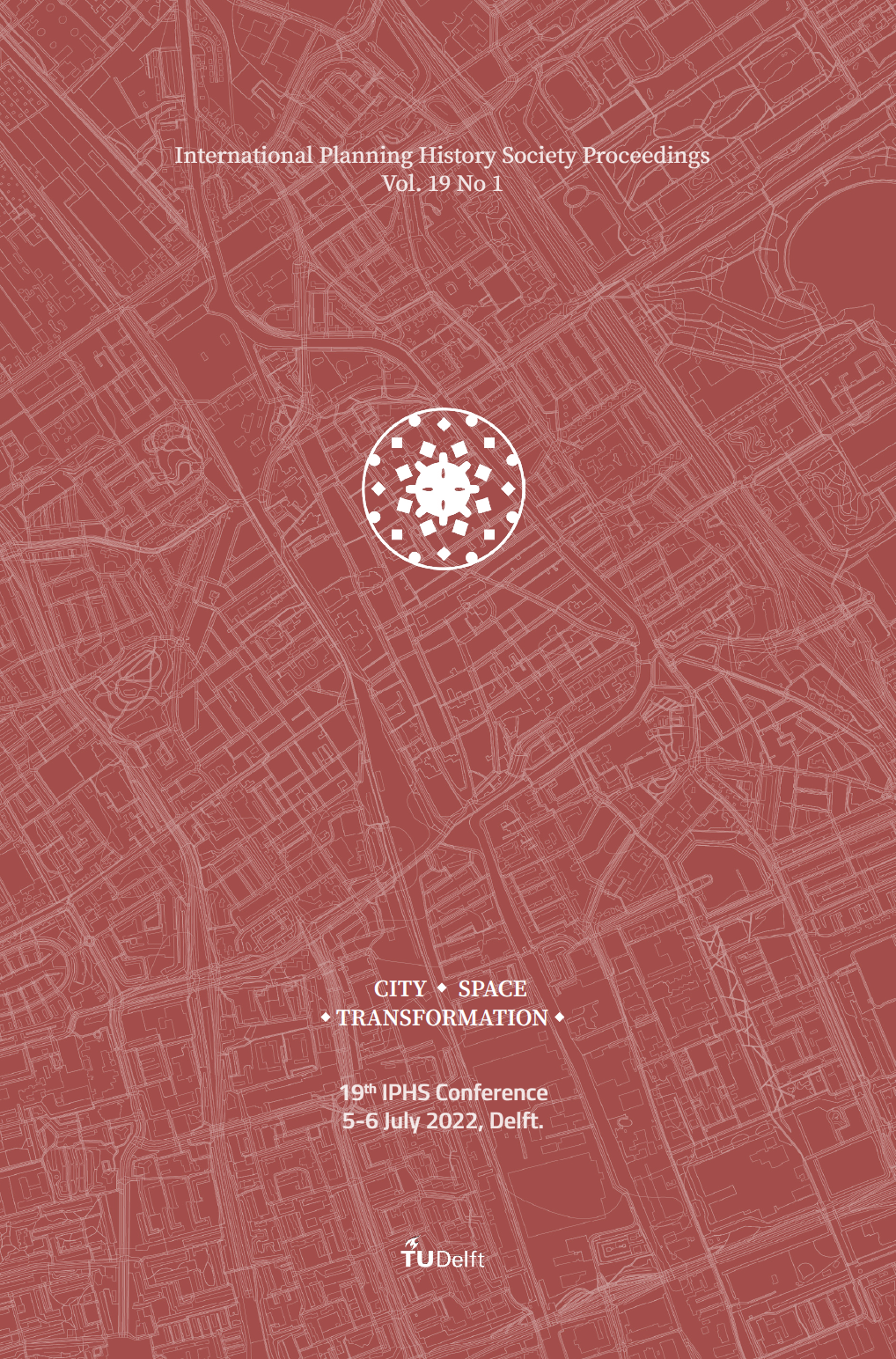Historic City protection vs. Resilient City transformation
The Case of Skopje’s Old Bazaar
DOI:
https://doi.org/10.7480/iphs.2022.1.6510Abstract
The city of Skopje is a result of dialectical contradictions of diachronically different concepts of development and superimposed planning concepts of unfinished layers. The Old Bazaar represents one of the oldest urban fragments and shows a strong resilience and capacity to overcome numerous disastrous events. Unfortunately, due to the development constraints set by the preservation measures, and speculative building actions in the context, it is gradually but progressively losing its cultural identity and role as a creative socio-economic hub. Weak development policies and non-adaptive preservation regulations to changing environment and socio-economic development are urging actions to adopt new regeneration measures and appropriate approaches that could bring life into the valuable cultural heritage setting.
Existing patterns emerging from the unique uses and spatiality of the Old Bazaar, as an exclusive area of commercial use and traditional urban fabric of cultural heritage, have to be preserved, but simultaneously it is important to introduce novel tools for applied creative industries and adaptive re-use of the building heritage. All efforts of appropriation of the cultural heritage area of the Old Bazaar according to the new sustainable and equitable economic opportunities, should be carefully tested and implemented in the context, in order to avoid any socio-environmental decay.
Downloads
Published
How to Cite
Issue
Section
License
Copyright (c) 2022 Jasmina Siljanoska, Elena Andonova

This work is licensed under a Creative Commons Attribution 4.0 International License.

